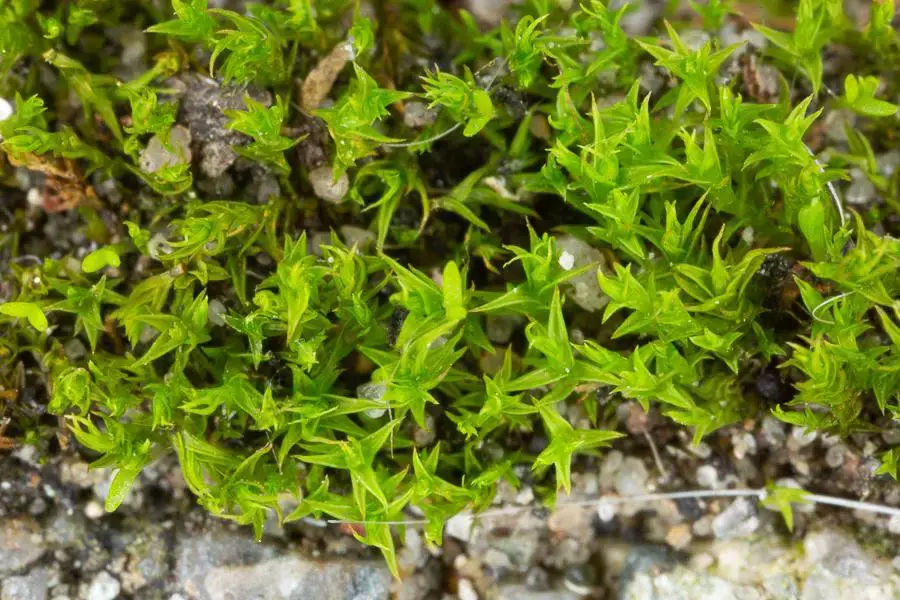
43500510.jpg from: https://waarneming.nl/waarneming/view/226975720?_popup=1
Introduction
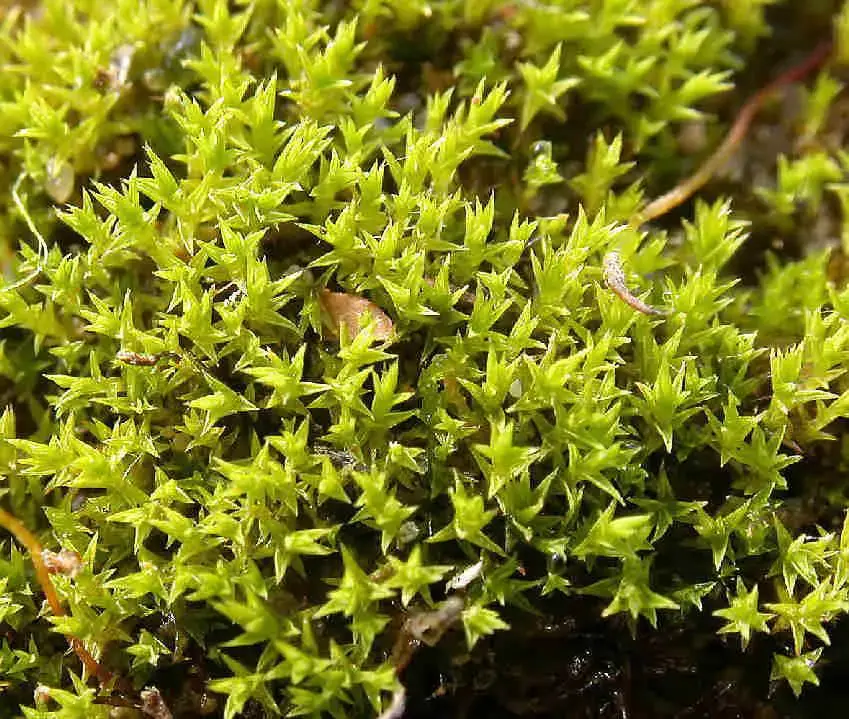
Pseudocrossidium_hornschuchianum_005.JPG from: https://cisfbr.org.uk/Bryo/Cornish_Bryophytes_Pseudocrossidium_hornschuchianum.html
In the vast and captivating world of bryophytes, one tiny moss stands out as a true marvel – the Pseudocrossidium hornschuchianum (Schultz) R.H.Zander. This unassuming yet resilient member of the Pottiaceae family, commonly known as Pseudocrossidium, has captured the hearts of moss enthusiasts worldwide with its remarkable adaptations and ecological significance.
Background
Before delving into the intricacies of this fascinating moss, let’s set the stage. Bryophytes, a diverse group of non-vascular plants, encompass mosses, liverworts, and hornworts. These ancient organisms have been around for over 400 million years, predating even the earliest vascular plants. Despite their diminutive size, bryophytes play crucial roles in various ecosystems, acting as pioneers, soil stabilizers, and indicators of environmental health.
Main Content
Morphology and Identification
Pseudocrossidium hornschuchianum is a small acrocarpous moss, typically forming dense, cushion-like tufts or mats. Its leaves are
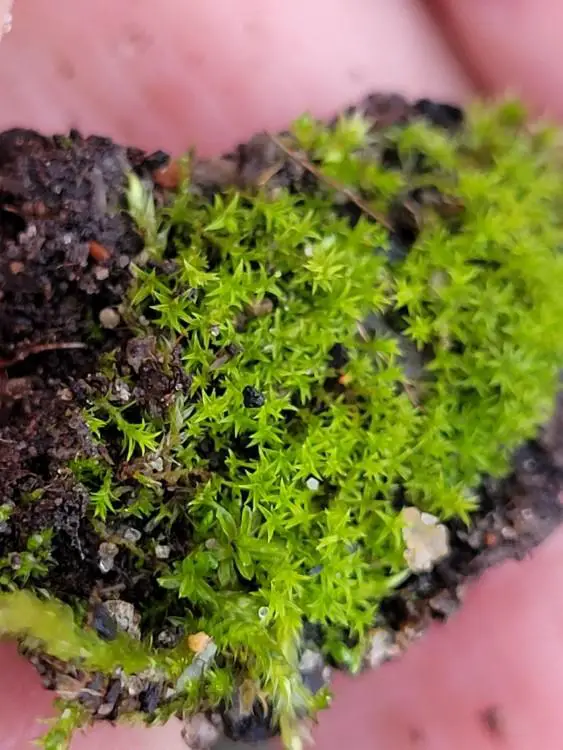
45203274.jpg from: https://waarneming.nl/waarneming/view/230187622?_popup=1
lanceolate

44099265.jpg from: https://waarneming.nl/waarneming/view/228103113?_popup=1
to ovate-lanceolate, with a distinctive costa (midrib) that extends beyond the leaf apex, forming a short hair point

24900481.jpg from: https://waarneming.nl/waarneming/view/185524667
. The leaf margins are often recurved, and the cells are papillose, giving the leaves a rough texture.
One of the most striking features of this moss is its ability to curl its leaves when dry, a trait known as poikilohydry. This adaptation allows the moss to conserve moisture and protect its delicate tissues during periods of drought.
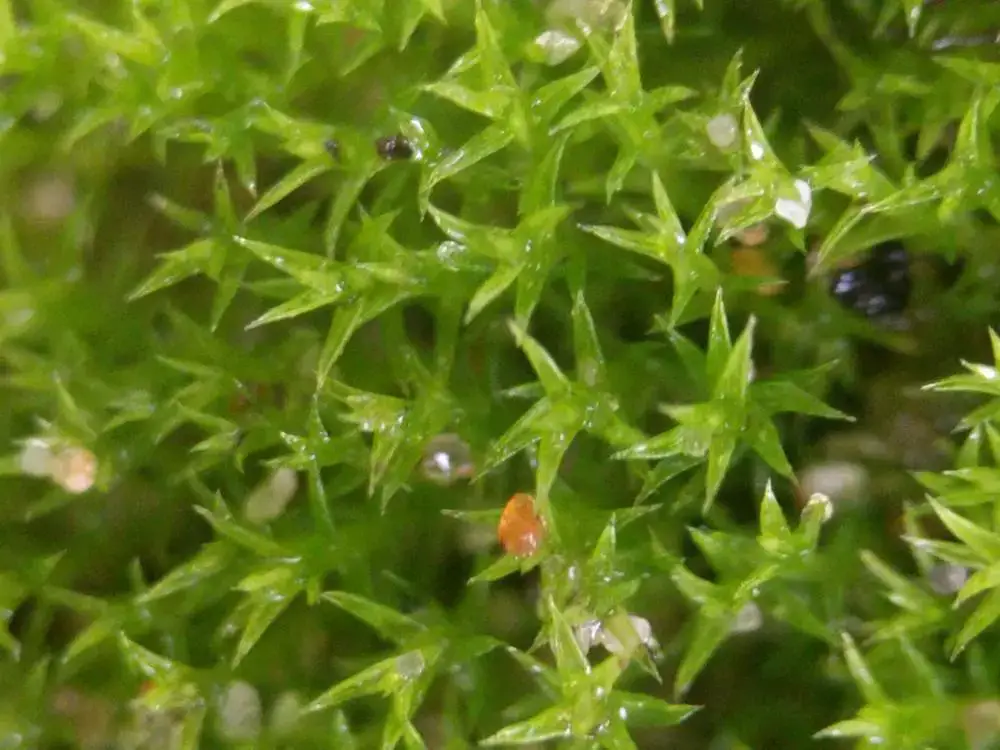
45828808.jpg from: https://waarneming.nl/waarneming/view/232151891?_popup=1
Global Distribution and Habitat
Pseudocrossidium hornschuchianum is a cosmopolitan species, found on almost every continent, from the Arctic regions to the tropics. It thrives in a wide range of habitats, including rock crevices, soil banks, tree bark, and even concrete surfaces. This moss is particularly well-adapted to arid and semi-arid environments, where its drought-tolerant nature allows it to survive and even flourish.
Ecological Roles and Adaptations
Despite its small size, Pseudocrossidium hornschuchianum
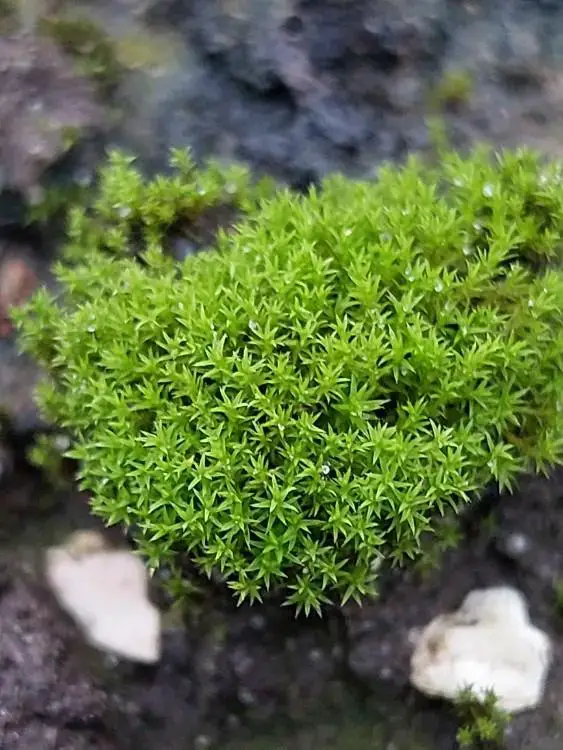
46001429.jpg from: https://waarneming.nl/waarneming/view/232695426?_popup=1
plays a vital role in various ecosystems. As a pioneer species, it helps stabilize and enrich soils, paving the way for other plants to establish themselves. Additionally, this moss serves as a valuable bioindicator, reflecting the health and quality of its environment through its presence or absence.
One of the most remarkable adaptations of Pseudocrossidium hornschuchianum is its ability to revive from a desiccated state when water becomes available. This process, known as desiccation tolerance, allows the moss to survive prolonged periods of drought, a trait that has fascinated researchers and inspired potential applications in fields such as agriculture and biotechnology.
Case Study: Pseudocrossidium hornschuchianum in Urban Environments
In an increasingly urbanized world, Pseudocrossidium hornschuchianum has found a unique niche in cities, thriving on concrete surfaces, walls, and even rooftops. This adaptability has made it a subject of interest for researchers studying the impact of urbanization on bryophyte communities. By monitoring the presence and health of Pseudocrossidium populations, scientists can gain valuable insights into the effects of air pollution, heat islands, and other urban stressors on these resilient organisms.
Technical Table
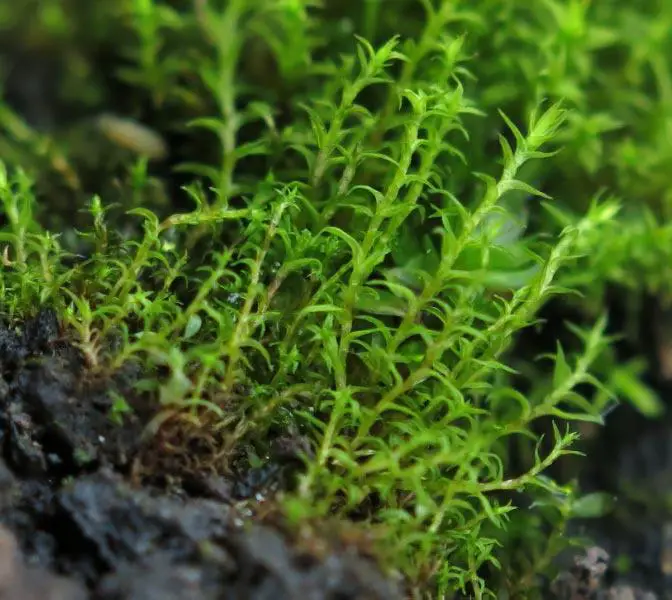
46166584.jpg from: https://waarneming.nl/waarneming/view/233156569?_popup=1
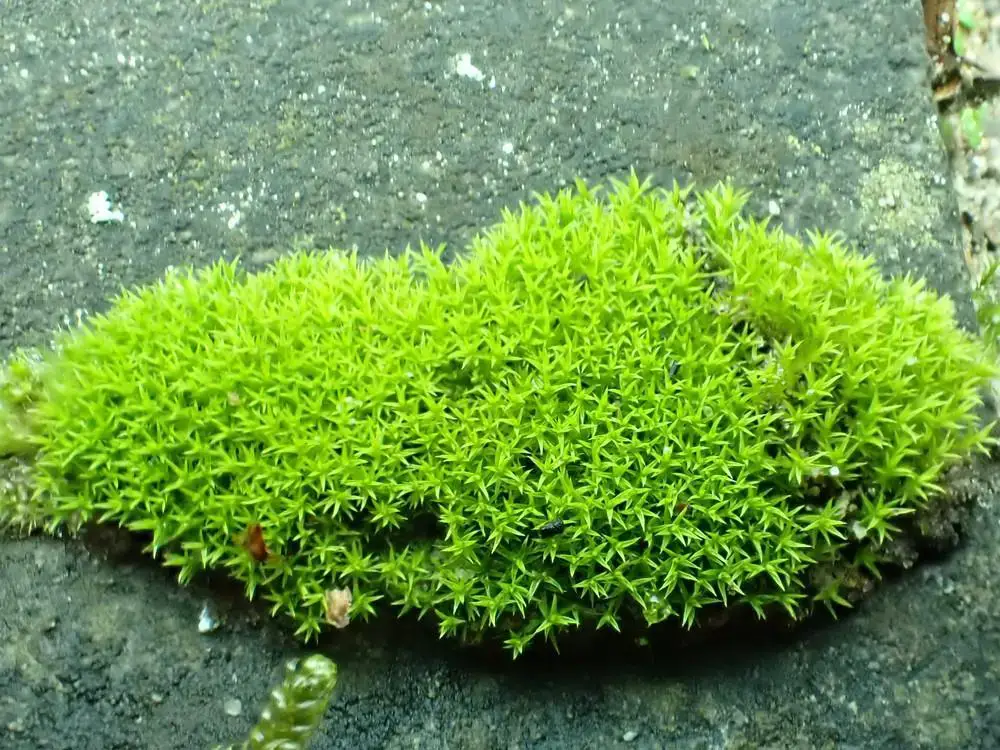
45842766.jpg from: https://waarneming.nl/waarneming/view/232206877?_popup=1
| Characteristic | Description |
|---|---|
| Phylum | Bryophyta |
| Class | Bryopsida |
| Order | Pottiaceae |
| Genus | Pseudocrossidium |
| Species | hornschuchianum |
| Growth Form | Acrocarpous, cushion-like tufts or mats |
| Leaf Shape | Lanceolate to ovate-lanceolate |
| Leaf Margin | Often recurved |
| Leaf Cells | Papillose (rough texture) |
| Adaptation | Poikilohydry (curling leaves when dry) |
| Habitat | Rock crevices, soil banks, tree bark, concrete surfaces |
| Distribution | Cosmopolitan (found worldwide) |
| Ecological Role | Pioneer species, soil stabilizer, bioindicator |
Conclusion
Pseudocrossidium hornschuchianum is a true testament to the resilience and adaptability of bryophytes. From its ability to withstand extreme conditions to its role in shaping ecosystems, this unassuming moss continues to captivate and inspire researchers and enthusiasts alike. As we delve deeper into the world of bryophytes, we are reminded of the incredible diversity and complexity that exists within these often-overlooked organisms. Perhaps the next time you encounter a small, unassuming moss, you’ll pause and appreciate the remarkable journey it has undertaken, a journey that spans millions of years and countless adaptations.
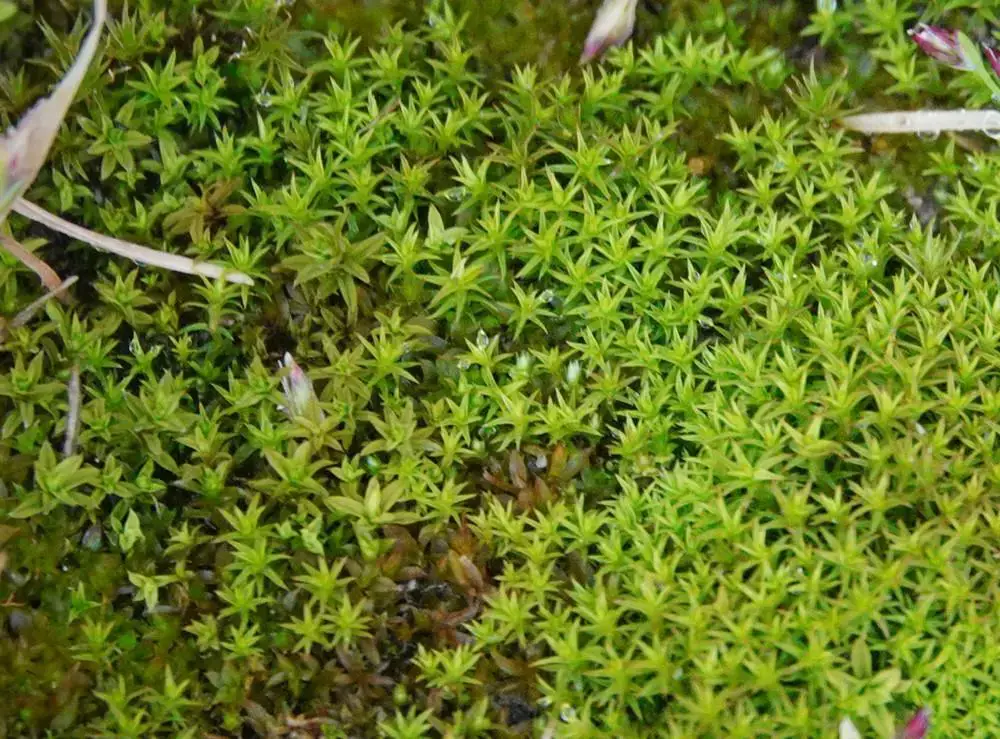
33849082.jpg from: https://waarneming.nl/waarneming/view/208885535?_popup=1